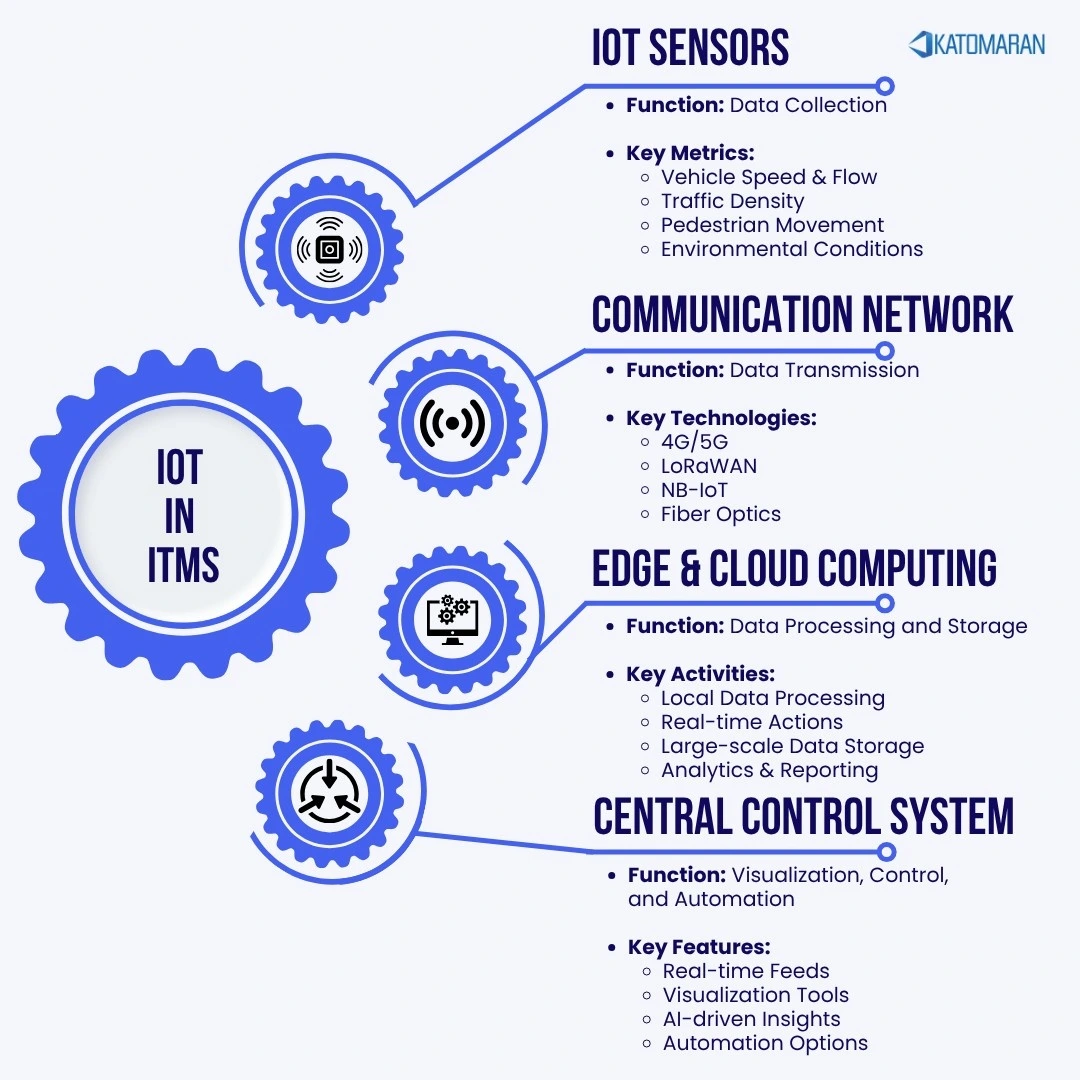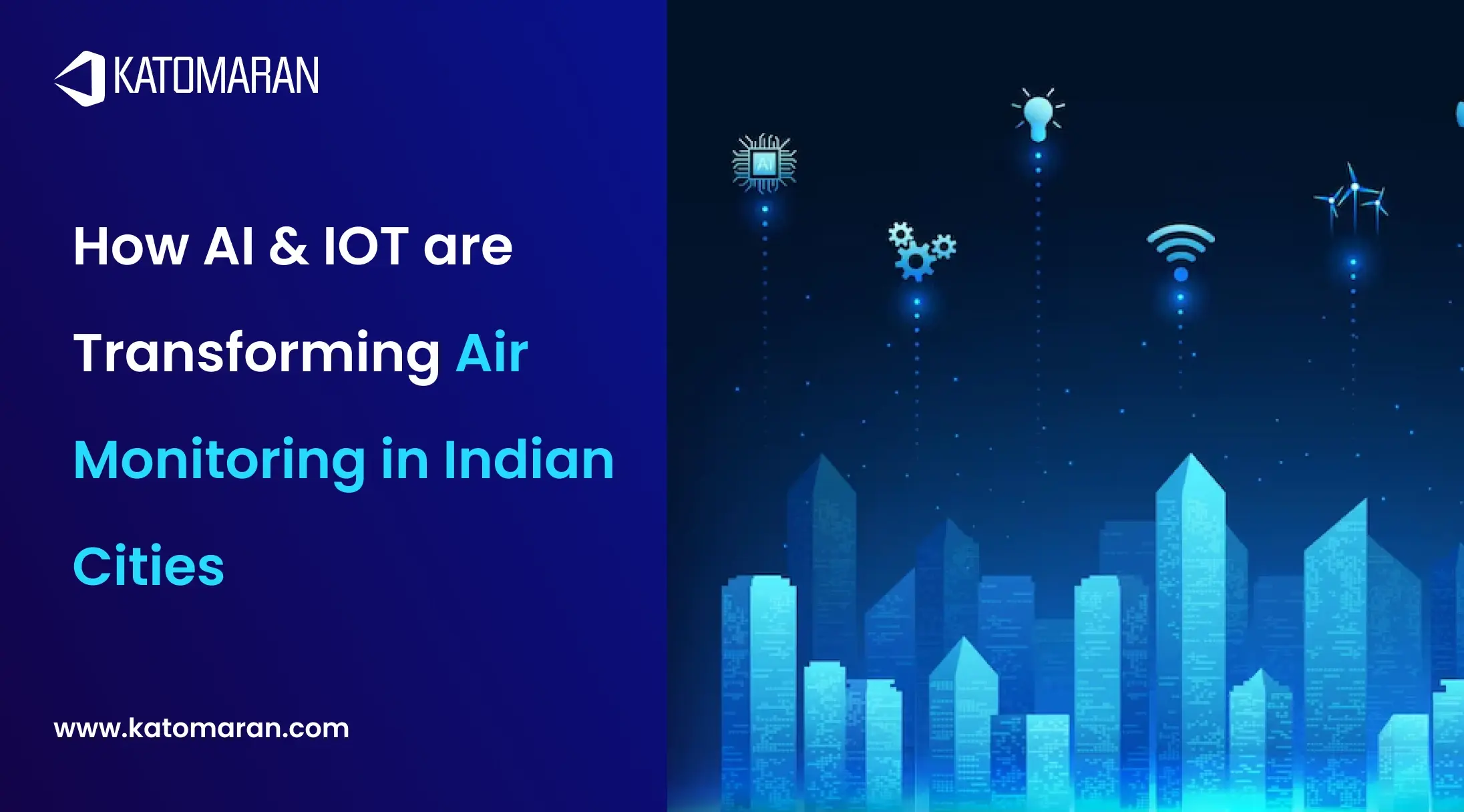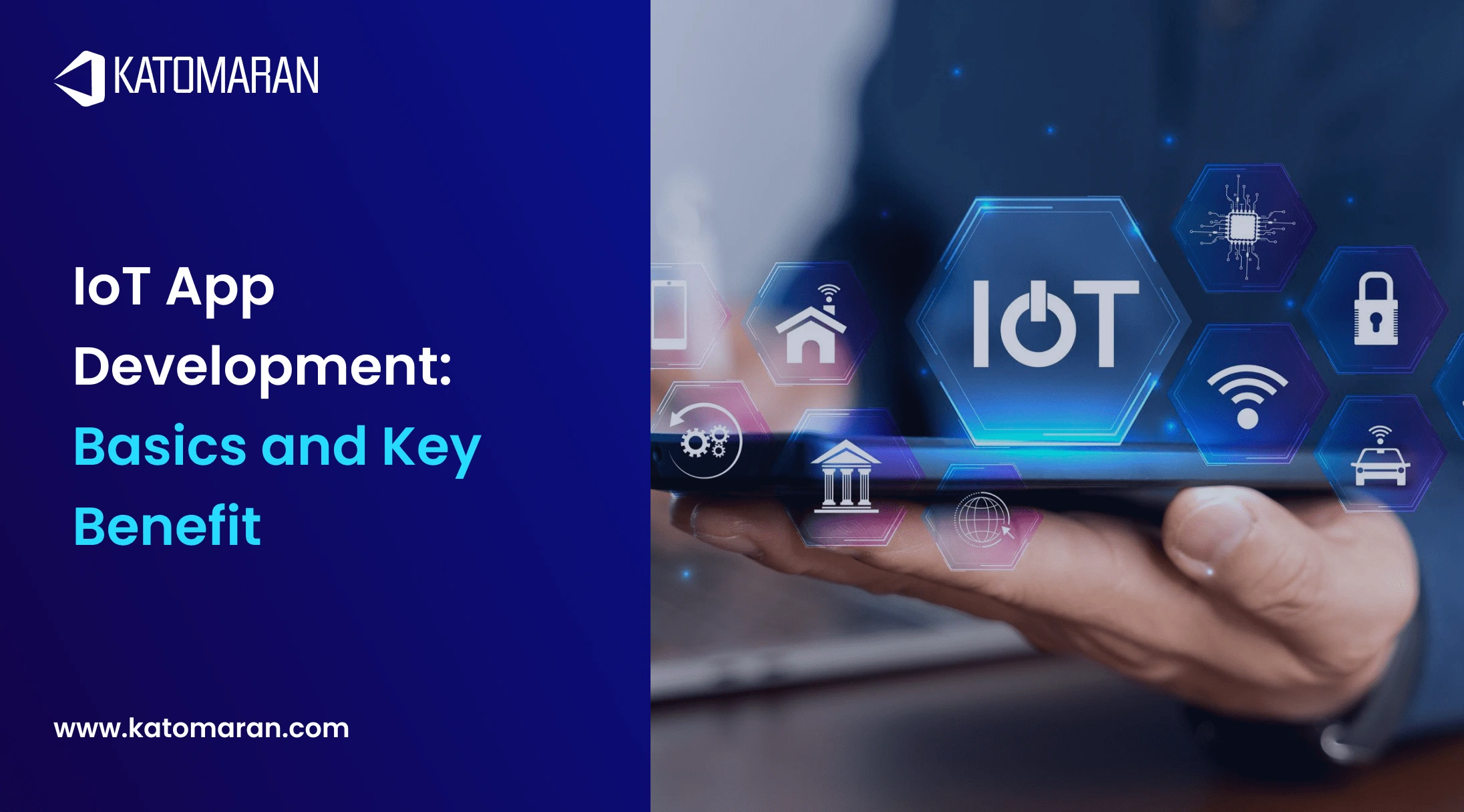Introduction
As urban populations grow and vehicle density increases, cities across the world are struggling with traffic congestion, road safety, and environmental concerns. Traditional traffic management systems often rely on static signals and manual monitoring, which are insufficient for today’s complex mobility challenges. This is where the Internet of Things (IoT) plays a transformative role — enabling smarter, data-driven, and real-time traffic management.
An Intelligent Traffic Management System (ITMS) powered by IoT sensors and analytics brings traffic automation, efficiency, and predictive control to modern urban mobility. By connecting vehicles, traffic lights, surveillance systems, and control centers into a single ecosystem, IoT creates a truly intelligent traffic monitoring system that adapts dynamically to city conditions.
1. Understanding IoT in Traffic Management
IoT (Internet of Things) refers to a network of connected devices that collect and exchange data through the internet. In the context of traffic management systems, IoT enables communication between vehicles, road infrastructure, and central control units in real-time.
These traffic management systems use various IoT sensors such as cameras, radar detectors, RFID, GPS trackers, and environmental (air quality, noise) sensors to monitor parameters like vehicle count, speed, congestion, and even road temperature. This continuous data flow allows authorities to make informed, automated decisions for smoother and safer transportation.
2. Core Components of an IoT-Based Traffic Monitoring System
An IoT-enabled Traffic Monitoring System consists of several key components that work together seamlessly
A. IoT Sensors
IoT sensors are the foundation of intelligent traffic monitoring systems. They capture real-time data on
- Vehicle speed and flow
- Traffic density and congestion levels
- Pedestrian movement
- Weather and environmental conditions Sensors like inductive loops, LiDAR, ultrasonic detectors, and smart cameras enable accurate and continuous monitoring.
B. Communication Network
The captured data is transmitted over reliable communication networks such as 4G/5G, LoRaWAN, NB-IoT, or fiber networks to central systems or cloud servers. This ensures low latency and high availability for critical traffic operations.
C. Edge and Cloud Computing
Modern devices perform local data processing for immediate actions, such as adjusting signal timing or detecting accidents. The cloud platform stores large-scale data for analysis, reporting, and long-term planning.
D. Central Control System
A centralized ITMS dashboard integrates all real-time feeds, providing operators with visualization tools, alerts, and automation options. It supports AI-driven insights for predictive traffic management.

3. Applications of IoT in Intelligent Traffic Management
IoT’s flexibility allows its integration across multiple aspects of traffic management systems. Some of the most impactful IoT applications include
A. Adaptive Traffic Signal Control
Using IoT sensors and real-time traffic data, signal timings can automatically adjust based on vehicle traffic congestion and flow patterns. This reduces waiting time, minimizes fuel consumption, and improves intersection efficiency.
B. Vehicle and Incident Detection
Smart cameras and vehicle detection sensors identify traffic rule violations, road accidents, or stalled vehicles instantly. Automated alerts are sent to control centers for quick response and recovery.
C. Smart Parking Management
IoT sensors embedded in parking lots monitor occupancy and guide drivers to available spots. This reduces idle driving and enhances parking utilization in urban areas.
D. Public Transport Tracking
IoT-enabled GPS trackers on buses and trains allow real-time route tracking, arrival predictions, and better scheduling, improving commuter convenience.
E. Environmental Monitoring
IoT devices measure air quality and noise levels near high-traffic zones. This data helps authorities enforce air, noise pollution control and implement eco-friendly policies.
F. Emergency Vehicle Prioritization
IoT-based traffic signal lights can detect approaching ambulances or fire trucks through GPS signals and automatically adjust to give them a green corridor, saving crucial response time.
4. Benefits of IoT-Powered Traffic Management Systems
Integrating IoT into traffic management systems delivers multiple operational and societal benefits
Reduced traffic Congestion: Real-time monitoring and adaptive signals ease traffic flow and minimize bottlenecks.
Enhanced Travel Safety: Automatic detection of accidents and violations enables quick emergency responses.
Data-Driven Decision Making: Historical and live data improve urban traffic planning and policy formulation.
Energy and Fuel Efficiency: Optimized routes and reduced idling cut energy consumption and emissions.
Improved User Experience: Real-time traffic updates and smart navigation tools lead to smoother travel experiences.
Notes : For more details and benefits, visit our ITMS product to get a complete understanding of how our Smart Traffic Management System works.
Notes : For more details and benefits, visit our ITMS product to get a complete understanding of how our Smart Traffic Management System works.
Conclusion
The Internet of Things (IoT) is transforming how cities handle transportation and mobility. By combining IoT sensors, communication networks, and advanced analytics, modern Traffic Management Systems can monitor, predict, and optimize traffic flow in real time.
At Katomaran Technologies, we leverage IoT and AI-driven solutions to design intelligent traffic management and monitoring systems that improve road safety, operational efficiency, and sustainability. Our smart mobility solutions help authorities gain actionable insights, reduce congestion, and enhance commuter experiences.
As urbanization accelerates, adopting IoT-powered ITMS platforms from innovators like Katomaran Technologies will be key to building smarter, safer, and more connected cities for the future.




